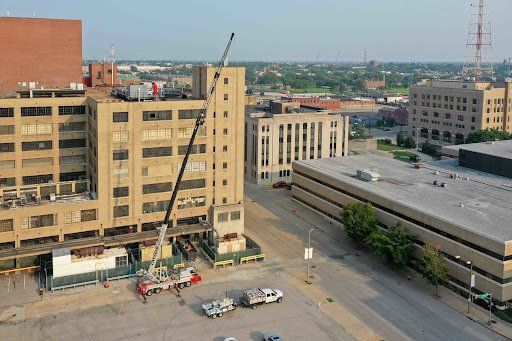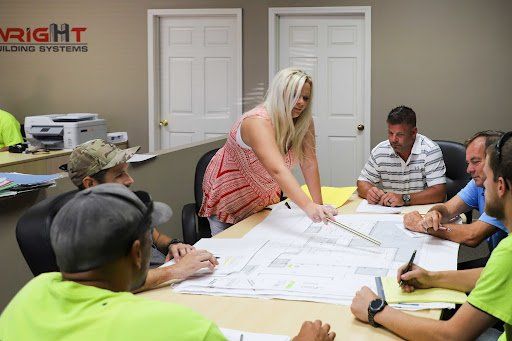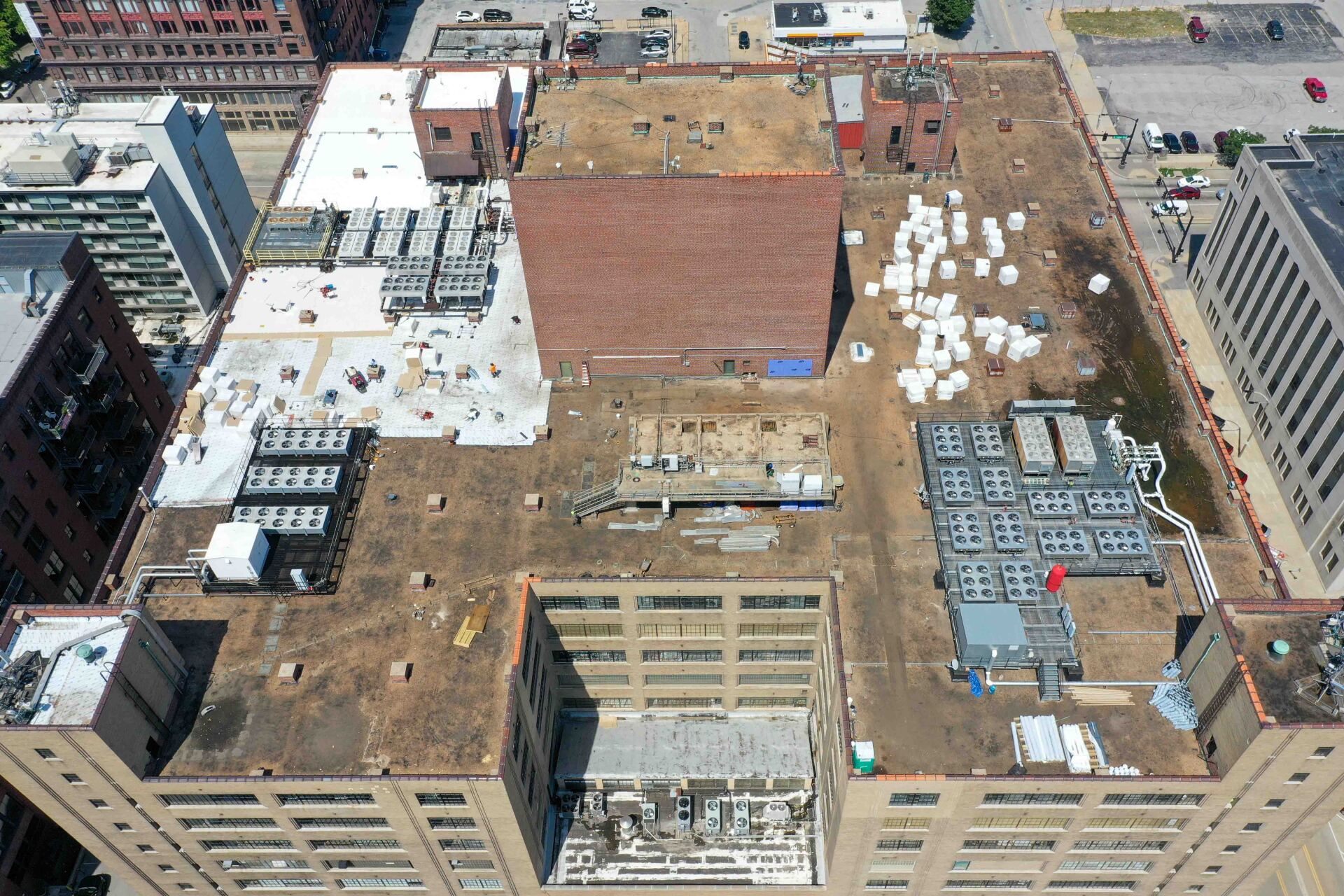Commercial Construction FAQs

Over the years of working with clients here in the Greater St. Louis area, we’ve discovered one thing to be true about every commercial construction project we tackle: Planning is crucial for success. Knowing which questions to ask about the process and when to speak up helps you better plan for (and mitigate) challenges that arise. Start your research here, with some of the commercial construction FAQs we answer down below.
If you have more questions, we’d love to chat more so don’t hesitate to
reach out to our team. Wright Building Systems is a woman-owned (WBE certification pending) and family-operated general contractor.
Our specializations include commercial construction and renovation, high-security construction, and construction consulting. You can count on the WBS team if you need a reliable general contractor to ensure your commercial construction project’s success. Our goal is to exceed your expectations on every level.
What are the different types of commercial construction projects?
There are several different types of commercial construction. A commercial builder provides construction services for a wide range of buildings. These include grocery and retail stores, office buildings, apartment buildings, industrial and manufacturing facilities, hospitality and entertainment facilities, sports facilities, and institutional buildings. Our team also has the capabilities and experience to help improve your building’s safety and security.

Why shouldn’t I DIY commercial construction?
Now is not the time to cut corners, especially when it comes to your business. A commercial contractor or commercial builder provides comprehensive project management services. A contractor hires and manages subcontractors. They also communicate with the client and keep the project on time and within budget. We’d like to ask you: Do you have the time or resources on top of running a business to make that happen?
When creating a new space for my business, are there any alternatives to new construction?
It’s easy to assume that new construction is the only way to expand a business’s physical footprint, but renovation and adaptive reuse could also be feasible options. Whether renovating a currently occupied commercial building or buying one with the plans to renovate, this is generally the most cost-effective option for business owners to pursue. Between inflation, rising construction material costs, and growing talent gaps, it’s now more expensive than ever to build new construction properties.

There are some great historical buildings that I’d love to renovate for my business. Is that possible?
Absolutely! Adaptive reuse construction means our team will create a renovation plan that helps you leverage local opportunities to invest in your community. Not only can adaptive reuse breathe new life into the neighborhood around them, but they’re also more cost-efficient and sustainable. While not all construction companies are willing to tackle adaptive reuse construction, we are happy to take on the challenge. Perhaps you are trying to give an older commercial building new life, or maybe you want to modernize a historical building to preserve it and bring it up to code.
Which projects offer the most return on investment if I’m looking to improve the value of my commercial property?
There’s no one-size-fits-all answer to this one. Even if it’s not in the budget to undertake a large-scale project, it’s a good idea to know exactly what it will take for property owners and managers to upgrade their buildings. Which office space should you select for your business? How should you begin pre-planning for new commercial construction? Should you renovate this building for your business? You need an objective expert and consultant to help you consider your top options. When you choose WBS, you benefit from working with knowledgeable professionals who do more than provide lip service.
What if I need to renovate a property with minimal disruption to my employees and clients?
When working on the same floor as tenants, our contractors seal off construction areas to prevent dust and noise from affecting them. When working on a different floor, our team is trained to be sensitive to those on adjacent floors and minimize disruption, ensuring minimal impact on those working above or below the construction area. A quality tenant improvement construction contractor prioritizes good communication – among clients, field staff, contractors, and suppliers.



